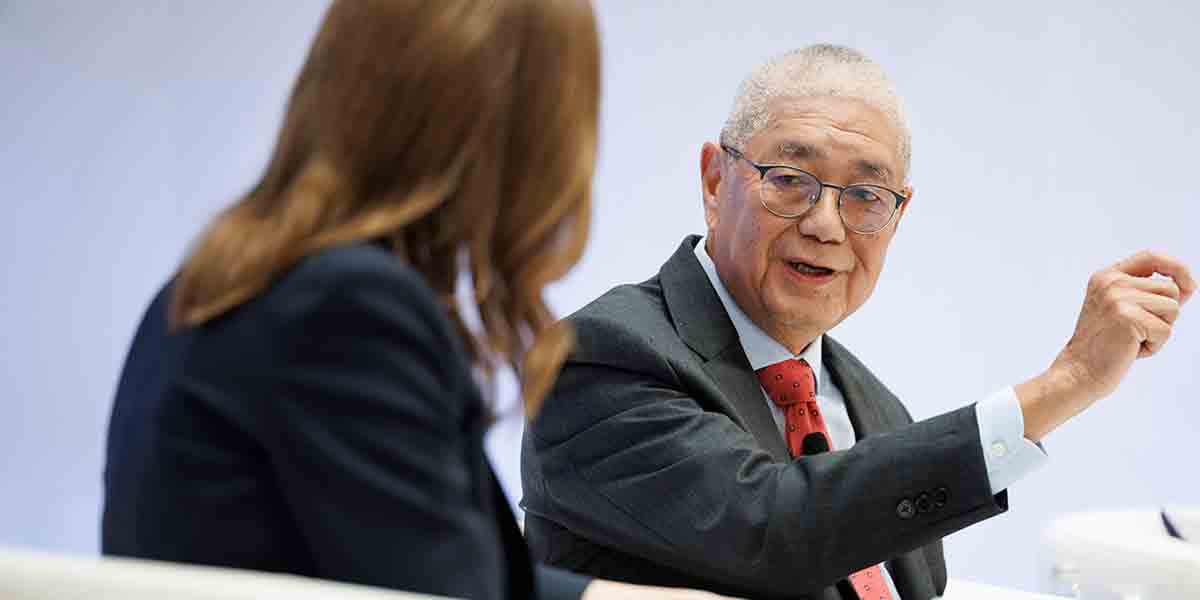Bank lending by universal and commercial banks rose 11.8 percent year-on-year in March, slower than the 12.2 percent growth posted in February, according to preliminary Bangko Sentral ng Pilipinas (BSP) data.
On a seasonally adjusted month-on-month basis, outstanding bank loans net of reverse repurchase (RRP) placements increased by 0.9 percent.
Outstanding loans to residents, excluding RRPs, expanded by 12.3 percent in March, down from 12.6 percent in February.
Loans to non-residents declined by 5.6 percent in March, following a 3.2 percent contraction in the previous month.
Loans for production activities grew by 10.9 percent in March, easing from 11.2 percent the previous month.
The deceleration was due to slower lending growth to key industries such as real estate (9.6 percent), trade and vehicle repair (11.6 percent), and information and communication (8.9 percent).
Other sectors with slower loan growth included construction (1.8 percent), arts and entertainment (12.6 percent), water and waste services (12.9 percent), and accommodation and food service activities (19.3 percent).
Consumer loans to residents grew 23.6 percent in March, slightly down from 24.1 percent in February.
The rise in consumer credit was driven by higher credit card usage, motor vehicle loans, and salary-based general purpose loans.
The BSP said it will continue to ensure that domestic liquidity and credit conditions align with its price and financial stability goals.
Domestic liquidity, or M3, expanded by 6.1 percent year-on-year to PHP 18.2 trillion in March, down from 6.3 percent in February.
On a seasonally adjusted month-on-month basis, M3 rose by 0.7 percent.
Domestic claims increased by 10.4 percent year-on-year in March from 10.1 percent in February.
Claims on the private sector rose 11.5 percent in March, easing from 12.3 percent in February, due to sustained lending to corporations and households.
Net claims on the central government grew 8.0 percent from 5.9 percent, driven by higher borrowings by the National Government.
Net foreign assets (NFA) in peso terms rose by 2.5 percent in March, down from 5.8 percent in February.
The BSP’s NFA grew 4.5 percent, reflecting higher gross international reserves versus the previous year.
However, banks’ NFA declined due to increased foreign currency-denominated bills payable.
The BSP reaffirmed its commitment to maintaining liquidity conditions in line with its monetary policy stance to support financial and price stability.




















